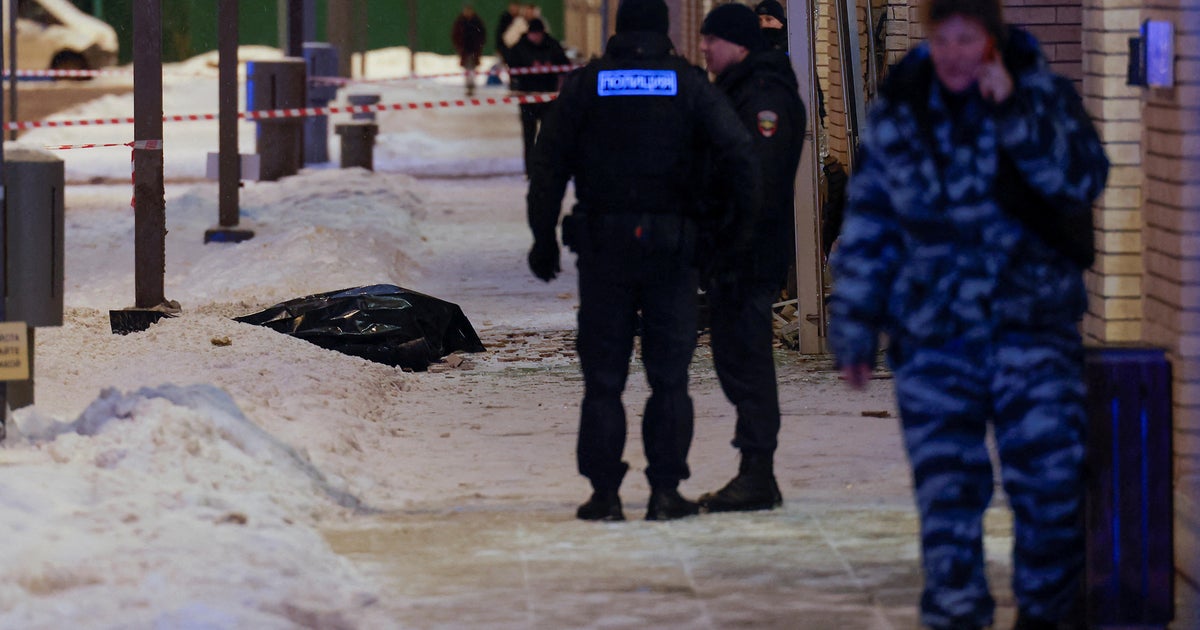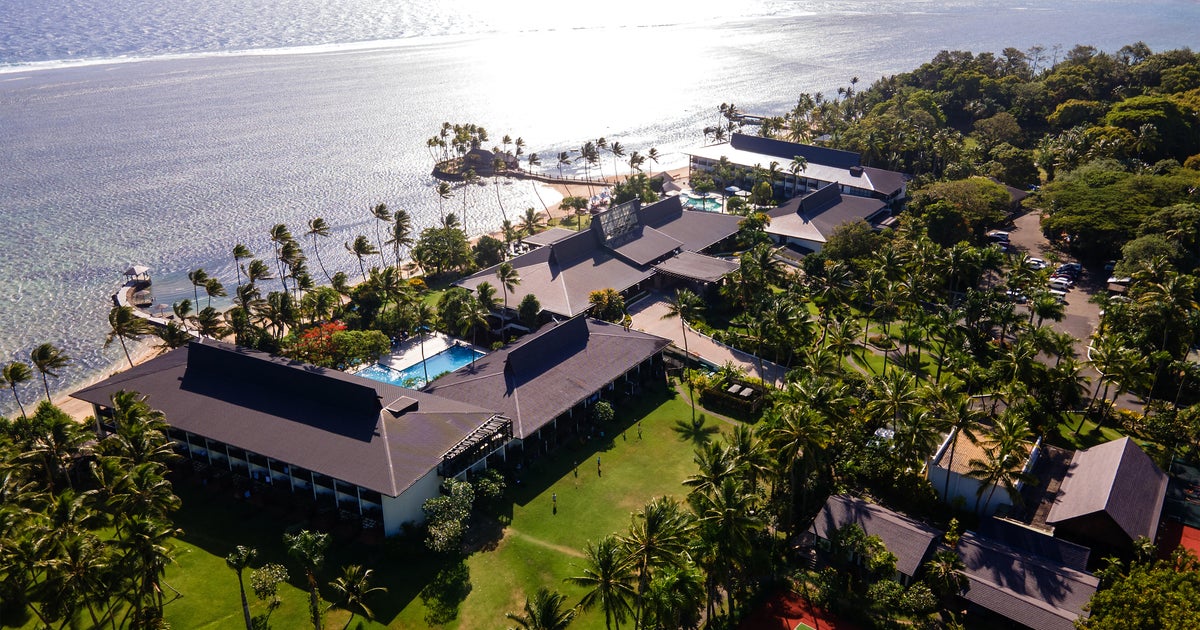Italy calls fast-melting glacier in Mont Blanc range "an alarm" that can't be ignored
Milan — A fast-moving Italian glacier is melting quickly, threatening a picturesque valley near the Alpine town of Courmayeur and prompting the mayor to close down a mountain road.
Mayor Stefano Miserocchi has forbidden access to a section of the Val Ferret, outside of Courmayeur, a popular hiking area on the south side of the Mont Blanc massif, or mountain range. The precaution was taken after experts monitoring the massive Planpincieux glacier said they are recording ice movements of up to almost 20 inches a day. They warned that an 8.8 million cubic feet mass of the 512 square mile glacier was at risk of collapsing.
"There are no models to tell us if it will fall entirely or in pieces," the mayor told Sky TG24. "We need to keep an eye on the monitoring."
He emphasized that even if a large chunk of the glacier collapses, no residents would be at risk, just the area of road that has been closed.
The glacier is located in the Alps on the Grande Jorasses peak of the Mont Blanc massif, which straddles the borders of Italy, France and Switzerland and contains the highest peak in Western Europe. Officials said unusually high temperatures during August and September had accelerated the ice melt of the Planpincieux, which has been monitored by the Safe Mountain Foundation since 2013.
Italian Premier Giuseppe Conte alerted world leaders to risk of the glacier's collapse during his address Tuesday to the U.N. General Assembly in New York City.
"It is an alarm that we cannot be indifferent to," he said.
A new special report by the Intergovernmental Panel on Climate Change said Wednesday that glaciers around the world, outside of Greenland and Antarctica but including Europe, are losing 220 billion metric tons of ice a year. The report said glacier melt is happening faster than before and is accelerating.
The report projects that if nothing is done to reduce greenhouse gas emissions, these glaciers in general will shrink 36% between now and the end of the century. But smaller glaciers, like those in the Alps, could lose up to 80% of their ice by the year 2100 in a worst-case scenario.
"Many glaciers are projected to disappear regardless of future emissions," the new science report said.
Matthias Huss, a glaciologist at ETH Zurich and head of the group Glacier Monitoring Switzerland, said the loss of glacier ice in Switzerland and Europe over the last five years has been the strongest since measurements began in the 1950s. He noted that the freezing line of 32 degrees Fahrenheit rose above the top of Mont Blanc this summer, "which very rarely has happened."
"We have melting at an elevation of almost 5,000 meters (16,400 feet) above sea level, which is really changing the system and can support such events as glaciers falling down," he said.
Over the last 10 years, Switzerland has lost 15% of its glacier volume, with nearly 3% loss in 2017-2018 alone, Huss said. If this trend continues, Switzerland could lose all glaciers by the year 2100 if warming continues. A change in policies could save the bigger ones, he said, but smaller ones will be lost regardless.
"We hope climate prevention measures are implemented and the warming trend is slowing down," Huss said. "If we continue as we did, then there is no rescue for the glaciers in the Alps."
Courmayeur was not affected by the mayor's order and no one has been evacuated, Courmayeur spokesman Moreno Vignolini said Wednesday, adding that the road that was closed is used mostly to access summer homes.
The mayor was meeting with residents and homeowners to hear their concerns. Some limited access was being granted for people who needed to check their property.





